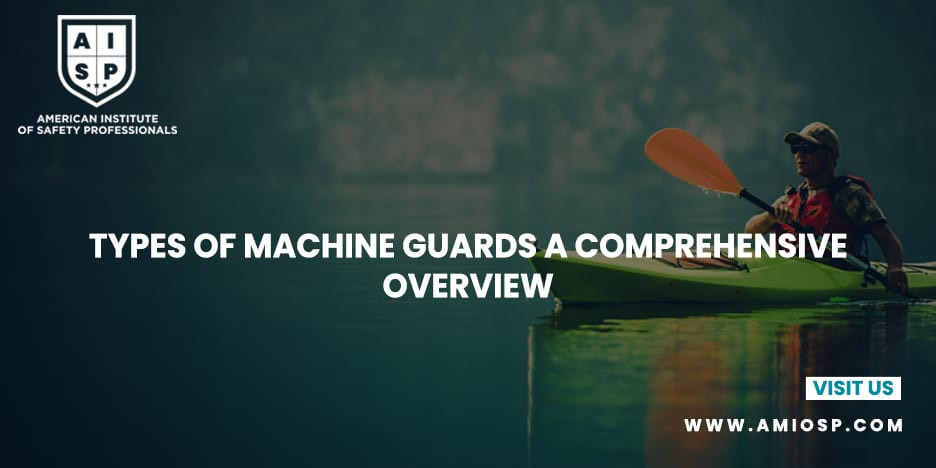In any industrial setting, the safety of workers is of
paramount importance. One crucial aspect of ensuring their safety is the
implementation of machine guards. Machine guards are physical barriers that are
designed to protect workers from hazardous machinery and prevent accidents.
These guards serve as a vital component in safeguarding against potential
injuries or fatalities in the workplace.
There are various types of machine guards available, each
catering to specific safety requirements and machine types. In this
comprehensive overview, we will explore the most common types of machine guards
and their applications, shedding light on their effectiveness in ensuring
worker safety.
1. Fixed Guards
Fixed guards are permanent barriers that are securely
attached to the machine or surrounding structure. They provide a reliable and
consistent level of protection, preventing direct access to hazardous areas
of the machinery. Fixed guards are often constructed from materials such as metal
or polycarbonate, ensuring durability and visibility. These guards are commonly
used in high-risk areas where access to the machine is restricted during
operation, minimizing the potential for accidents.
2. Interlocked Guards
Interlocked guards are designed to halt the machine's
operation when the guard is opened or removed. They utilize safety interlocks,
such as electrical switches or sensors, to detect when the guard is not in
place. This ensures that the machine cannot be operated without the guard being
securely in position. Interlocked guards offer both protection and flexibility,
allowing for maintenance and troubleshooting while ensuring that the machine is
only operational when all safety measures are in place.
3. Adjustable Guards
As the name suggests, adjustable guards can be modified or
repositioned to accommodate different machine setups or production
requirements. These guards provide versatility in protecting workers while
allowing access to certain machine components when needed. They are commonly
used in situations where frequent adjustments or maintenance tasks are
required, enabling workers to adapt the guard's position to suit their specific
tasks.
4. Self-Adjusting Guards
Self-adjusting guards are designed to move or adjust
automatically based on the movement of machine parts. They provide continuous
protection while ensuring ease of operation for workers. These guards are
commonly found in machinery with moving parts that may require intermittent
access, such as conveyors or assembly lines. Self-adjusting guards react to the
machine's movements, maintaining a safe distance between workers and the
hazardous areas at all times.
5. Barriers and Fences
Barriers and fences are physical enclosures that restrict
access to machinery and hazardous areas. They create a defined boundary between
workers and potential dangers, preventing accidental contact or entry. Barriers
and fences are typically used in areas where multiple machines are present,
allowing for controlled access to specific work zones. By clearly delineating
safe areas, these guards enhance overall safety and help maintain efficient
workflow within the industrial environment.
6. Presence-Sensing Devices
Presence-sensing devices use advanced technologies such as
lasers, infrared sensors, or light curtains to detect the presence of workers
within the hazardous zones of machinery. These devices are capable of instantly
stopping the machine's operation when a person is detected in the danger zone,
ensuring swift and reliable protection. Presence-sensing devices are often
employed in scenarios where frequent access to the machine is required,
providing a high level of safety without impeding productivity.
Conclusion
Machine guards play a crucial role in mitigating the risks
associated with operating machinery in industrial settings. From fixed guards
to presence-sensing devices, each type of guard serves a specific purpose in
ensuring worker safety. By implementing appropriate machine guards, companies
can significantly reduce the likelihood of accidents, injuries, and even
fatalities.
It is essential for employers to prioritize the safety of
their workforce by conducting thorough risk assessments, identifying potential
hazards, and selecting the appropriate machine guards for each situation.
Regular maintenance, inspections, and training are also vital to ensure that
machine guards remain effective and workers are aware of their importance.
Remember, the safety of employees should always be the top
priority in any industrial environment. By investing in and adhering to robust
machine guarding practices, companies can create a safer and more productive
workplace for all.











0 comments
No Comments